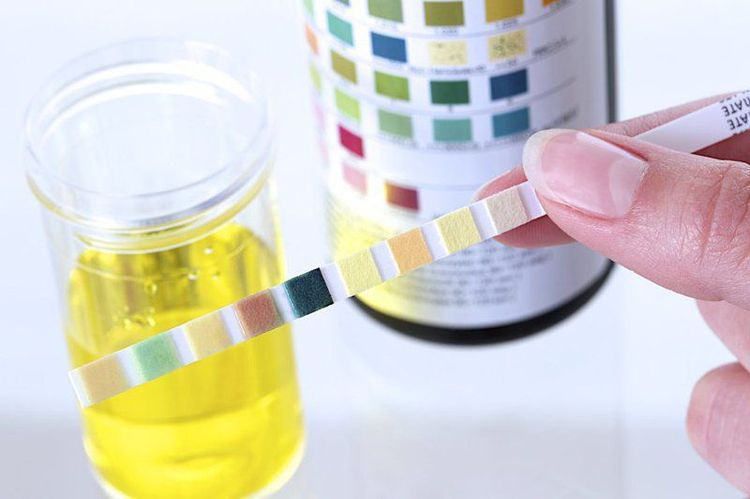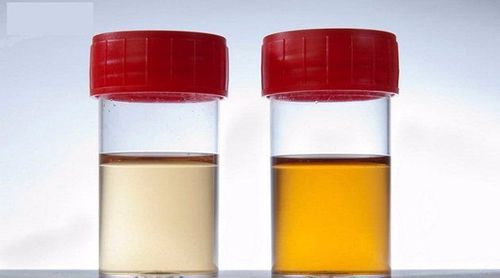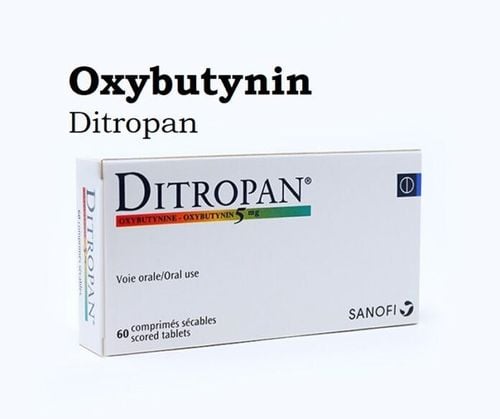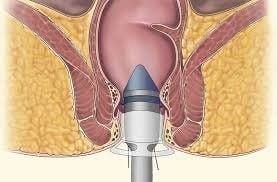This is an automatically translated article.
Urine monitoring after surgery is extremely necessary because it is possible to identify some complications of the patient. When monitoring urine after surgery, it is necessary to pay attention to the amount of water taken in and out, the total amount of fluid in and out 24/24, the nature, color and quantity of urine.1. Assess the patient's condition
Urine assessment is very important to monitor and care for surgical or surgical patients:
Check pulse and blood pressure regularly to detect early signs of postoperative bleeding or high blood pressure. Temperature: An elevated temperature can be a sign of an infection. Edema: Observe the patient's skin, check for signs of edema after surgery, record and compare each day. Incision: The patient's condition is painful, the dressing is absorbent. Drainage: Quantity, color of urine, bladder bridge, nature. Note, if there is pyelonephritis or ureteral drainage, the urine output of each type of drainage should be recorded with urethral drainage.

Nhận định về nước tiểu sau mổ là việc làm rất quan trọng để theo dõi và chăm sóc người bệnh
2. Some complications may occur after surgery
Postoperative urine monitoring is extremely necessary because some complications of the patient can be identified. It is necessary to monitor the amount of water taken in and out, the total amount of fluid in and out 24/24, the nature, color, and quantity of urine. Perform fluid and electrolyte rehydration as ordered. Monitor the patient's blood pressure regularly. In case of urethral catheterization, it is necessary to clean the genitals as well as the urethral catheterization system.
If the urine after surgery is red, it is necessary to closely monitor vital signs because the patient is at risk of bleeding after surgery. If the urine is cloudy like milk, the cause may be proteinuria, if it is lumpy, it may be due to stones... Regarding the quantity of urine: Less urine is also at risk of kidney failure. If after 6-8 hours, the patient has urinary retention and no urine, it is necessary to examine the bladder to evaluate whether there is a bladder bridge. Pain at the incision site (usually in the hip, back), pain due to drainage often makes the patient dare not breathe, affecting the respiratory status. Postoperative urinary retention: Most urologic surgeries or procedures involve urethral drainage. But the patient can have the catheter removed a few days after surgery.

Nếu nước tiểu sau mổ có màu đục như sữa thì nguyên nhân có thể là do tiểu protein
3. Some things to keep in mind when monitoring the patient's urine after surgery
At the hospital:
Drink plenty of water, limit foods that easily create stones if the patient has surgery for urolithiasis. Encourage the patient to practice breathing to limit the risk of fluid accumulation in the lungs. Instruct the patient to clean the genitals, monitor the color of urine. When discharged from the hospital, the patient may have to bring the drainage home, so the following measures should be taken to ensure safety:
Shower to avoid soap seeping into the drain. Use a mild, low pH shower gel Change the dressing immediately after bathing. Walk carefully to avoid the tube being kicked. Schedule follow-up appointments to remove tubes, replace drains. Drink lots of water and eat normally. Above is the necessary information about monitoring urine after surgery to promptly handle possible complications. If you have any questions, please contact your doctor immediately for timely answers.
Please dial HOTLINE for more information or register for an appointment HERE. Download MyVinmec app to make appointments faster and to manage your bookings easily.













